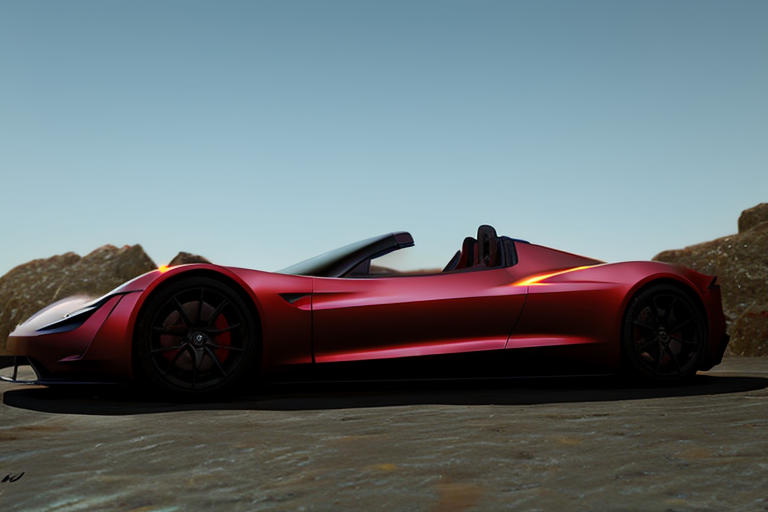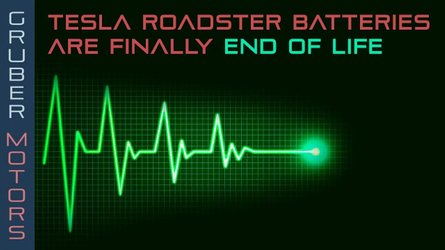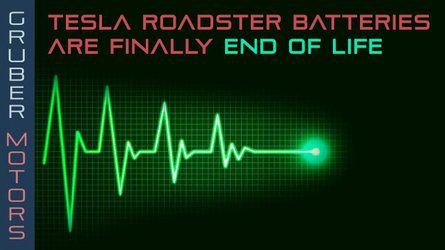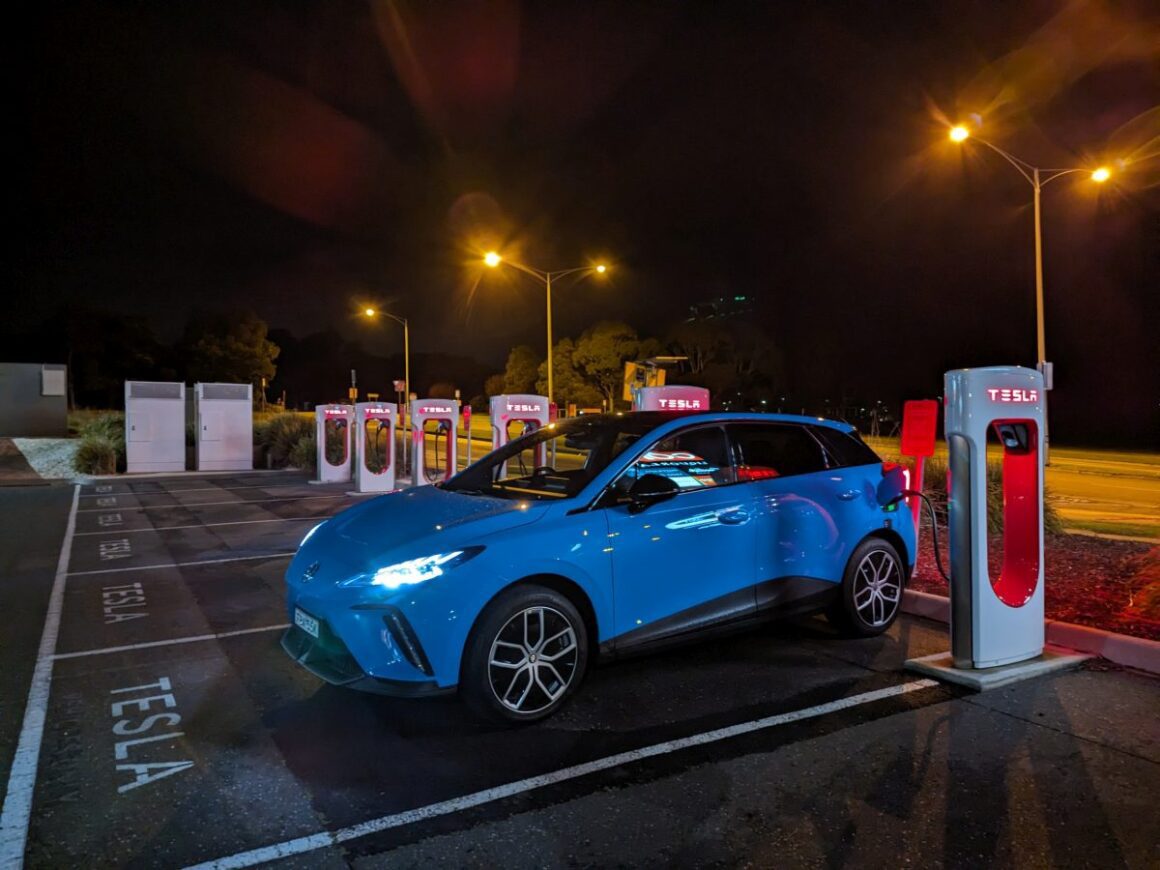Gruber Motor Company, a Tesla service provider with a particular focus on the original Roadster, has released detailed information on how the battery packs in those cars are beginning to reach their end of life. According to the company, this info can teach us the symptoms to expect when multi-cell battery packs in the many long-range EVs that came after the Roadster begin to reach their end of life. Gruber’s findings show that Roadsters with their original 200-mile-range battery packs are still healthy, but cars fitted with the upgraded 400-mile-range pack that Tesla began offering in 2016 are the ones starting to fail. The very first Tesla Roadsters were sold back in 2008 and are now 15 years old. Gruber cites the automaker’s original Chief Technology Officer, JB Straubel, as claiming the expected lifespan of those original first-generation multi-cell battery packs was 10 years. However, Straubel himself, who owns one of the earliest Roadsters, remarked publicly last year he’s surprised to report his car is still going strong, and he has revised his estimate of the original pack’s lifespan up to 15 years. Gruber’s own data supports this.
When battery packs begin to fail, Roadsters experience a significant decrease in power, being unable to exceed 60 miles per hour, safely merge onto a highway, or even go up hills. The symptoms are subtle at first, with what one affected owner describes as a “squishy pedal feel,” but then increase quickly, eventually rendering the car undriveable. Gruber began investigating the upgraded packs when it received two separate Roadsters for service, both with the upgraded battery packs, that were exhibiting identical symptoms its techs had never seen before. After a lengthy and technical investigation, Gruber concluded a “cell quality issue” was the root cause of the packs’ failure. Without final corroboration from Tesla, they theorize the upgraded packs sold between 2016 and 2019 were produced in the same production run and may deteriorate like this regardless of whether they’re frequently in use or sitting in a garage. Gruber states these packs never reached their promised full range of 400 miles either, eventually settling around a maximum range of 200 miles.
The data gathered from Gruber’s investigation has ramifications beyond Roadsters with the upgraded battery pack. The Tesla Model S that followed the Roadster uses the same 18650 cells. This data can also teach every EV owner how to identify if their battery pack is reaching its end of life. Gruber has shared its findings with Tesla. It’s even delivered an affected Roadster to one of the automaker’s service centers for further tests to corroborate its findings. The company reports Tesla’s Roadster Engineering team is working closely with them now to find a solution. With this information, EV owners can be better prepared for when their battery packs reach their end of life and take steps to ensure their safety and extend their vehicle’s lifespan.
FAQ
Q1: Are electric car batteries recyclable?
A1: Yes, electric car batteries are recyclable.
Q2: Are electric car chargers free?
A2: It depends on the charger and the location. Some electric car chargers are free, while others may require a fee.
Q3: Can electric car batteries be rebuilt?
A3: Yes, electric car batteries can be rebuilt with the right tools and knowledge.












